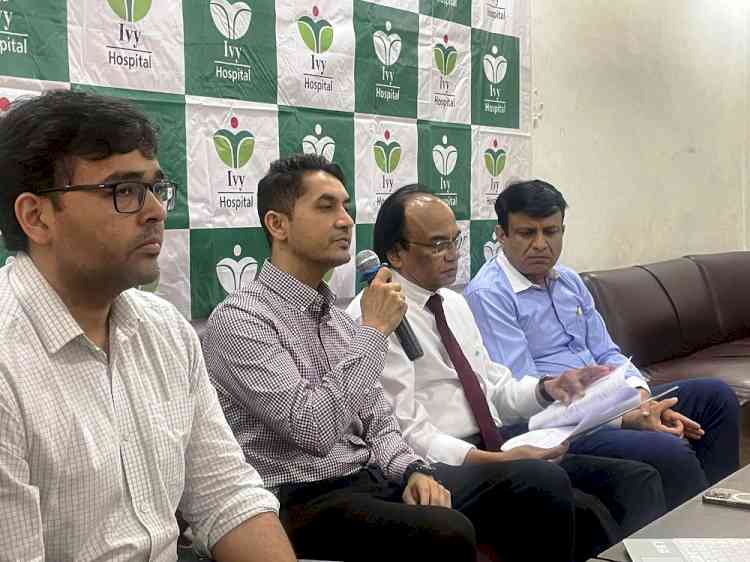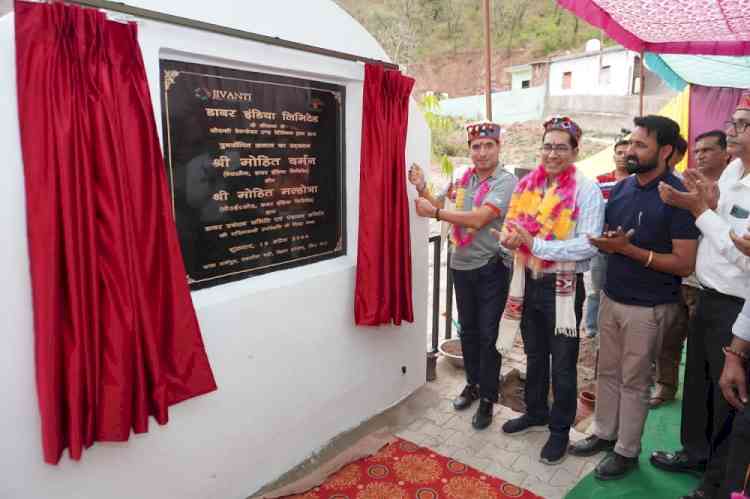Improved method for isotope enrichment
New York, June 30 (IANS) Researchers have devised a new method for enriching a group of stable isotopes - among the world's most expensive chemical commodities - which are vital to medical imaging and nuclear power. "Isotopes are among the...

New York, June 30 (IANS) Researchers have devised a new method for enriching a group of stable isotopes - among the world's most expensive chemical commodities - which are vital to medical imaging and nuclear power.
"Isotopes are among the most expensive commodities on earth," said Mark Raizen, a professor of physics at University of Texas at Austin in the US.
"One ounce of a stable isotope that needs the calutron to separate it can run around $3 million. That's roughly 2,000 times the price of gold. And that has held back certain medical therapies," Raizen said.
A combination of factors has created a looming shortage of some of the useful stable isotopes.
For instance, production of lithium-7 was banned in the US because of environmental concerns, and it's unclear whether the current sources in China and Russia will continue meeting global demand.
One of the major sources of molybdenum-99, essential for medical imaging in millions of heart, kidney and breast procedures each year, is an aging nuclear reactor in Canada that's expected to cease operations in 2016.
Other valuable isotopes are produced by Cold War era machines known as calutrons operating in Russia.
Their extreme age, high operating costs and regional concentration further threaten global supply.
Unlike the calutron, the new method for enriching stable isotopes, called MAGIS (magnetically activated and guided isotope separation), needs very little energy due to its use of low-powered lasers and permanent magnets.
The findings appeared in in the journal Nature Physics.

 cityairnews
cityairnews 















